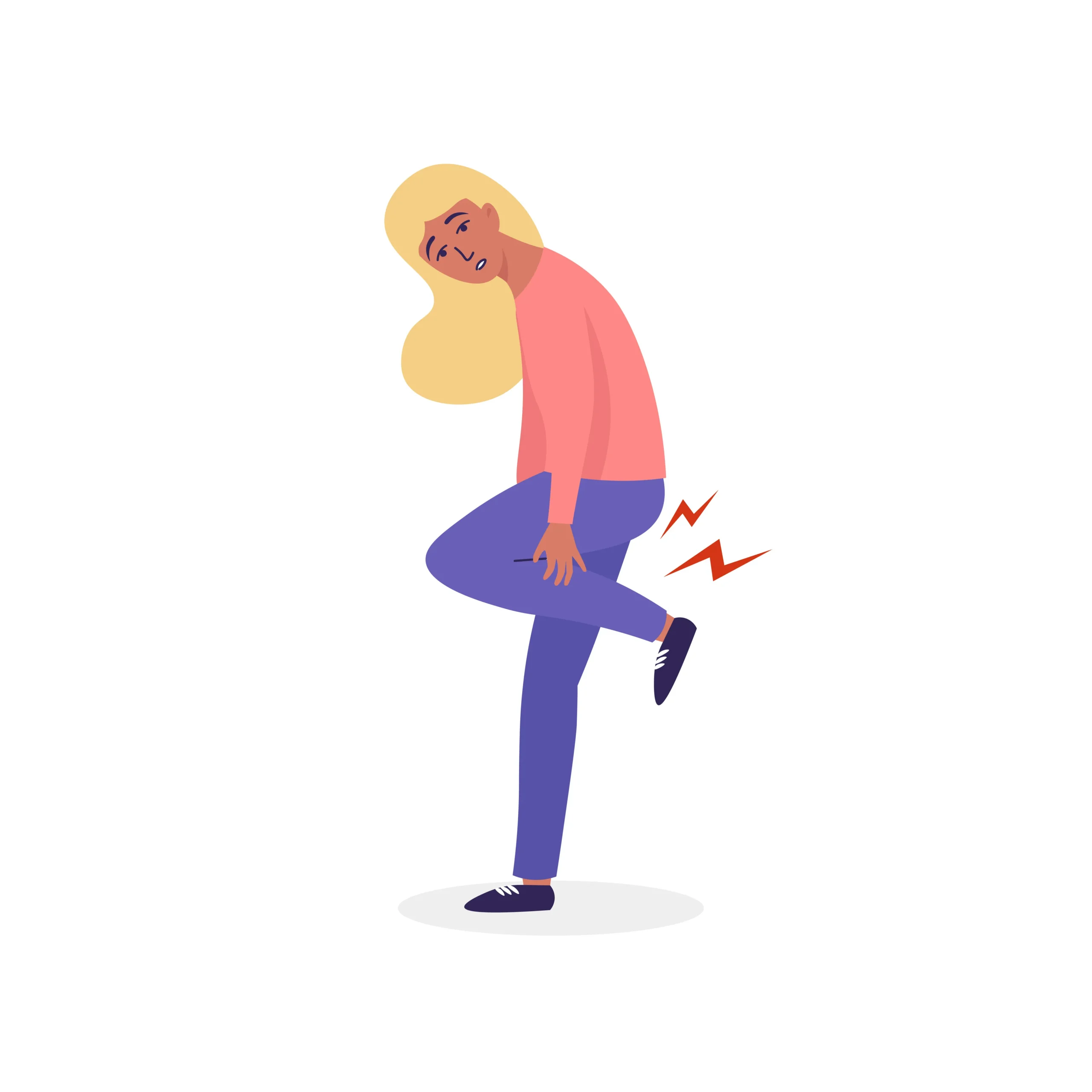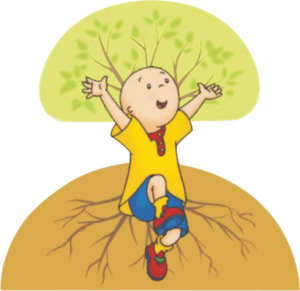Movement Disorders

Movement disorders are conditions that cause involuntary body movements. With all movement disorders, abnormal signals from the brain cause patients to have trouble controlling their muscles.
There are several different types of movement disorders that affect people in different ways. Dystonia, myoclonus, tics and Tourette sydrome are all movement disorders.
Dystonia
Dystonia (say: diss-TOE-nee-uh) is a movement disorder that causes sustained muscle contractions. In a person with dystonia, the muscles tense up, often causing twisting and repetitive movements or abnormal postures. In some children, the movements may be painful. There are several different types of dystonia, each with its own characteristics.
The condition can vary from very mild to severe. Dystonia may get worse over time or it may stay the same or get better. Some children are born with dystonia. Dystonia may also appear as a child or an adult gets older.
How much of the body and how many muscles are affected by dystonia can vary
In some children, only one part of the body is affected; in other children, several or many parts are affected. How dystonia is treated and the prospects for recovery depend on the type of dystonia and how severe the case is.
Dystonia begins in the brain
Like all movement disorders, dystonia is a neurological condition. This means the problem begins in the brain, which sends abnormal signals to muscles in the body. These signals cause the uncontrolled movements.
What causes the brain to send these signals is not fully understood. However, we do know that dystonia can have both genetic and environmental causes.
Sometimes, children with dystonia also have other neurological problems. These other neurological problems may affect a child’s ability to think. In other cases, only muscles and movement are affected.
Diagnosing dystonia
Symptoms of dystonia may appear at any age from young toddlers to older children. Symptoms are usually mild at the beginning and gradually get worse. Very rarely, symptoms appear abruptly and severely.
At first, parents usually notice problems with their child’s legs. A child may seem clumsy, and may fall or trip a lot. A child may start walking later than normal and may have trouble keeping up with other kids.
In some children, dystonia progresses though the day; in the morning they have a surprising amount of control over their muscles, but in the evening the symptoms are severe.
If your child’s doctor suspects your child might have dystonia, your child will be examined by a neurologist. A neurologist is a doctor who specializes in brain and nerve and muscle function. This doctor will check your child’s bones, joints, and muscles. Reflexes and sensations (feeling) will also be checked.
Other conditions can also cause symptoms similar to dystonia. To diagnose dystonia, the doctor will need to consider these other conditions.
Classifying dystonia
Part of diagnosis is finding out what type of dystonia a child has. This is important because the type of dystonia will help determine which treatments may work best. Also, different types of dystonia will progress in different ways over time.
In general, dystonia is classified in three ways:
- by the cause (etiology)
- by how old the child was when it appeared (age of onset)
- by where and how much dystonia affects the body (somatic distribution)
Cause
Primary dystonia is caused by an underlying genetic mutation. Idiopathic generalized dystonia and dopa-responsive dystonia (DRD or Segawa’s disease), are two types of primary dystonia.
Secondary dystonia has environmental causes. This means the brain has been injured by exposure to a toxin or drug, a stroke, infection, or other trauma.
Age of child when symptoms first appear
- childhood onset: younger than 12 years old
- adolescent onset: between 13 and 20 years old
- adult onset: older than 20 years
Where and how much of the body is affected
- Focal: Only one part of the body, such as the leg, is affected.
- Segmental: Two adjacent parts of the body are affected, such as the head and neck.
- Hemi-dystonia: Different parts on the same side of the body are affected, such as the left hand and left foot.
- Multi-focal: Two non-adjacent areas are affected, such as the left leg and right arm.
- Generalized: Multiple parts of the body are affected, such as both arms and one leg.
How dystonia progresses
How dystonia progresses, or how it is expected to progress, is another way it is classified. Dystonia may remain static, meaning that it does not get better or worse. Or it may be progressive, meaning that the condition gets worse over time.
Treatment of dystonia
How dystonia is treated depends on the type and severity of the condition, and on the patient. Some dystonias respond well to different treatments. Other dystonias may have few or very poor options for treatment.
In general, there are three ways to treat dystonia:
- oral medicines (medicines that are taken by mouth)
- injections of Botulinum toxin (Botox)
- surgery
Oral medicines
All medicines for dystonia have side effects, and they must be used carefully according to your doctor’s instructions. For more information, please speak to your doctor or pharmacist.
Levodopa and carbidopa
Many children with dystonia are first given a trial of a medicine called levodopa (L-dopa). Levodopa often works well at restoring muscle control for dopa-responsive dystonia (DRD). Some patients with other types of dystonia can also show some improvement with this medicine.
Sometimes, levodopa is combined with a medicine called carbidopa. Both these medicines increase dopamine in the brain. Dopamine is a neurotransmitter that regulates movement.
These medicines may produce side effects such as skin flushing, a drop in blood pressure, and nausea, among others.
Other oral medicines
Other medicines can also be used to treat dystonia. They include:
- trihexyphenidyl and other anticholinergic (say: an-tee-call-in-URGE-ic) medicines, which act on neurotransmitters
- baclofen, a muscle relaxant
- clonazepam, a benzodiazepine that acts as a muscle relaxant and sedative
In more severe cases, a combination of these medicines may be used.
Injections of Botulinum toxin (Botox)
Most people know Botox injections can be used to reduce wrinkles. Because Botox works by temporarily paralyzing tissues around an injected area, it can also be used to treat dystonia.
Botox injections are the treatment of choice for most forms of focal dystonia. However, these conditions are not frequently seen in children. In children, botulinum toxin is used in generalized dystonia patients when targeting a certain part of the body. It is often used when there is spasticity as well as dystonia, particularly in the legs. Spasticity means the brain is constantly telling the muscles to tighten or contract.
The effect of Botox injections usually lasts about 3 to 4 months. After this, more injections will be needed.
Note that Botox injections are limited in what they can accomplish. If too many places are injected, for example, the child can temporarily lose control of movement altogether.
Surgical treatment of dystonia
If dystonia does not respond to other treatments, the neurologist may suggest a surgical treatment.
Intra-thecal baclofen
Patients with generalized dystonia may be treated with intra-thecal baclofen (ITB). Like the oral medicines discussed above, baclofen is a medicine that relaxes muscles by acting on neurotransmitters in the brain.
Intra-thecal baclofen is given though a catheter (a tiny tube) that is surgically placed (implanted) in the spine. The catheter is attached to a pump that is implanted in the soft tissue of the abdominal wall. After the operation, the pump is programmed to deliver a continuous amount of baclofen.
The treatment can be effective for most people, but for about 1 in 10 patients (10%), the treatment will stop working within the first year.
Deep brain stimulation
DBS is a relatively new treatment for children. It tends to work best on the genetic (primary) forms of dystonia but also works in other forms of dystonia.
Deep brain stimulation (DBS) controls dystonia by putting a small amount of electricity into the brain through tiny electrodes. The electrodes are attached to a battery. The brain is not surgically opened; instead, a tiny hole is made in the skull.
Sometimes, it can take several months for the treatment to become effective. Often, the effect improves over a period of 6 months to a year. Children who are still growing need treatment before the dystonia causes permanent bone deformities.
Complications of DBS may include:
- mechanical problems such as broken wires, displaced electrodes, or battery failure
- infections
- bleeding in the brain
- stroke
- death (rare)
A few cases with psychiatric issues like depression and suicide have also been reported.
These complications can be very dangerous. Patients and families must learn about the signs and symptoms for these complications, so that they can seek medical attention as soon as possible.
What to expect in the future
Typically, when dystonia is diagnosed in a child, the condition can slowly but steadily gets worse over time. This does not mean that a patient’s mental capacity will also get worse. In other words, other parts of the nervous system, may or may not be affected.
However, there are many different types of dystonia. There is no one set way the condition progresses. Ask your child’s doctor what you can expect

